When you go out to buy a mobile device, there are a lot of things that you take into consideration. One of the most important ones is the display. If you are one of the casual buyers, even the display specifications might seem overwhelming to you. After all, there’s display type, refresh rate, resolution, aspect ratio, and what not. Usually, when it comes to refresh rate, 60 Hz is the standard on all mobile devices. But, recently, Apple launched two new iPads (10.5″ and 12.9″) with a display refresh rate of 120 Hz. If you are wondering how does this display differ from the standard ones, then you’ve come to the right place. Here’s everything you need to know about 120 Hz displays on smartphones and tablets:
What is Refresh Rate?
In the simplest of terms, refresh rate can be defined as the number of times a display’s screen is refreshed in a single second. This implies that the higher the refresh rate, the lesser the image flickering your display will have. As continuous exposure to image flickering can cause eye strain, most of your mobile devices come with displays that have a refresh rate of at least 60 Hz.
In recent times, more focus is being shifted toward Virtual Reality. This experience can be made better by increasing the refresh rate of the display. But what is the ideal refresh rate for your device – 60 Hz or 120 Hz? Let’s try to find out by looking at the differences between them.
120 Hz vs 60 Hz: What’s The Difference?
Today, most of the smartphones and tablets have a display with a refresh rate of 60 Hz. There are a few devices like the new iPad Pros (10.5″ and 12.9″) and Sharp Aquos mini SH-M03 which boast a 120 Hz display. Such devices have an advantage over the others as there is nothing that a 60 Hz display can do that a 120 Hz display cannot.
As per the definition, a 60 Hz refresh rate refreshes the source information 60 times per second. And a 120 Hz refresh rate would do that twice as fast. It is important to note that irrespective of the refresh rate, your display can’t produce information more than the source.

Having said that, here are a few areas where you’ll notice the differences if you were to use a 120 Hz display over a 60 Hz display:
-
Faster Touch Response Time
Theoretically, the touch response time is twice as fast. If you were to move one of your fingers on a 60 Hz display, and another one on a 120 Hz display in a quick circular motion, you would notice that the 60 Hz display shies away to follow your finger precisely. As for the 120 Hz display, it manages quite well to keep up with your finger movement.
-
Smoother Scrolling
If you open a page with infinite scrolling on the two displays side-by-side and scroll endlessly, you’ll notice ghosting (movement of images from the previous frame while they are disappearing) on the 60 Hz display. This effect, on the 120 Hz display, is very minimalistic.
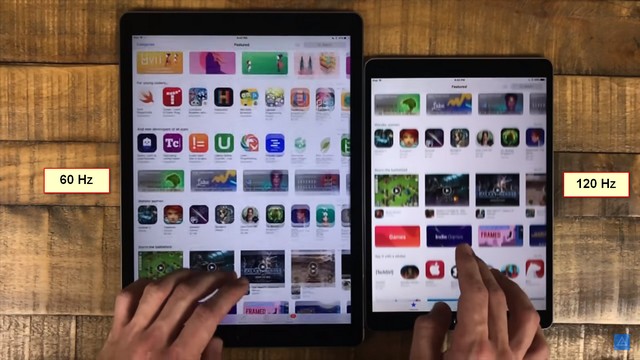
-
More Natural Animations
This can be best noticed if you have a slow-motion camera. When you record the animations on both the displays, and when you view them in slow-motion, you’ll notice that the animation on the 120 Hz display looks more natural as compared to the other display.

-
Faster Stylus Response Time
If your mobile device supports a stylus, then it’s a moment of joy for you. You’ll notice a much better response time, and writing will seem smoother than ever. To talk numbers, the Apple Pencil claims to be able to write on the new iPads (10.5″ and 12.9″) with a 20-millisecond latency.
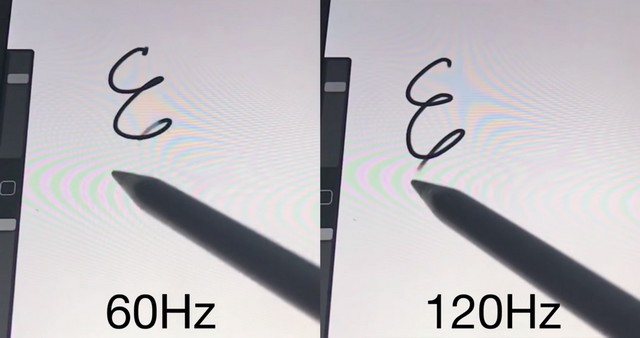
Devices with 120 Hz Display
In 2014, MediaTek unveiled two high-performance System on Chips (SoCs), the MT6595 and the MT6795, which included support for 120 Hz displays.
As of today, there aren’t many devices that come with a 120 Hz display. Sharp released Aquos mini SH-M03 in 2014 and Apple released two iPad Pros this year – a 10.5″ and a 12.9″ model. These three devices have displays with a refresh rate of 120 Hz.
Apple labels the display technology for its latest iPad Pros as “ProMotion”. This technology can deliver refresh rates up to 120 Hz for fluid scrolling, greater responsiveness, and smoother motion content. With this, Apple claims that the Apple Pencil can respond with an industry-best of 20-millisecond latency.
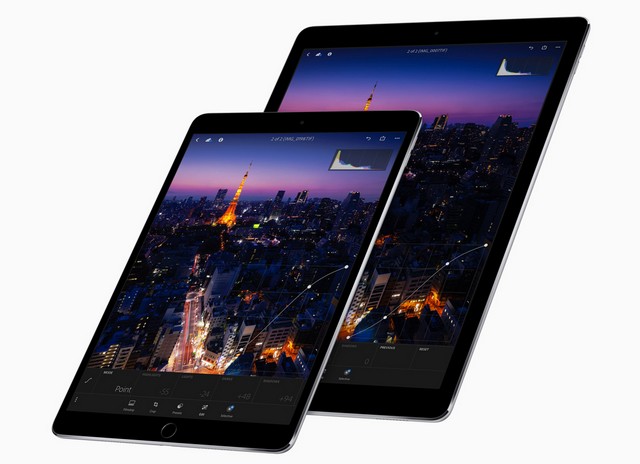
What’s more? In addition to providing a smoother experience to the users, devices with 120 Hz display automatically adjust the display refresh rate to match that of the source. This further prevents any unnecessary battery drainage that might have occurred due to the increased refresh rate.
What Can We Expect Smartphones With 120 Hz Displays?
Apple has already experimented with a 120 Hz display refresh rate on the new iPads this year. It would not be surprising to see them bringing this to their future devices, including the iPhones.
On the other hand, Android has not yet seen many devices with a revamped refresh rate. Depending on the market response, we may soon see 120 Hz refresh rate becoming the standard on mobile devices. With more and more companies shifting their focus to Virtual Reality, opting for a 120 Hz display refresh rate only makes sense. As of now, nothing can be said for sure. We’ll have to wait and see how things turn out.
SEE ALSO: LCD vs. OLED vs. AMOLED: Difference Explained
Which Refresh Rate Do You Prefer?
Most probably, the TVs or monitors that you own already have a refresh rate of more than 60 Hz. If so, then you might have noticed the difference between a 120 Hz display and any other display. Unfortunately, the mobile device that you use today, most likely, has a refresh rate of 60 Hz only.
Although there aren’t many options available for a 120 Hz display refresh rate on mobile devices in the market today, but, if there were, would you be willing to upgrade your device? Do let me know your views in the comments section below.











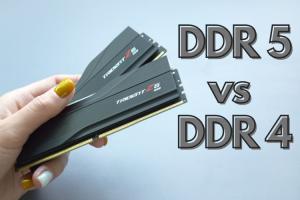


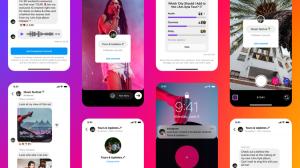
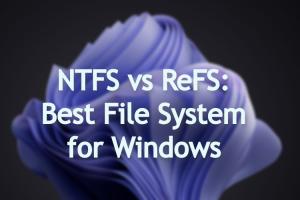

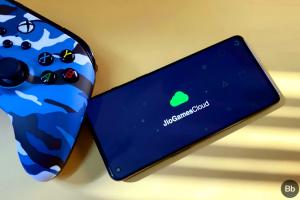

I would rather NOT get seisures from these 120 GHz devices, thank you. Idiot.
Troll, retard OR american?